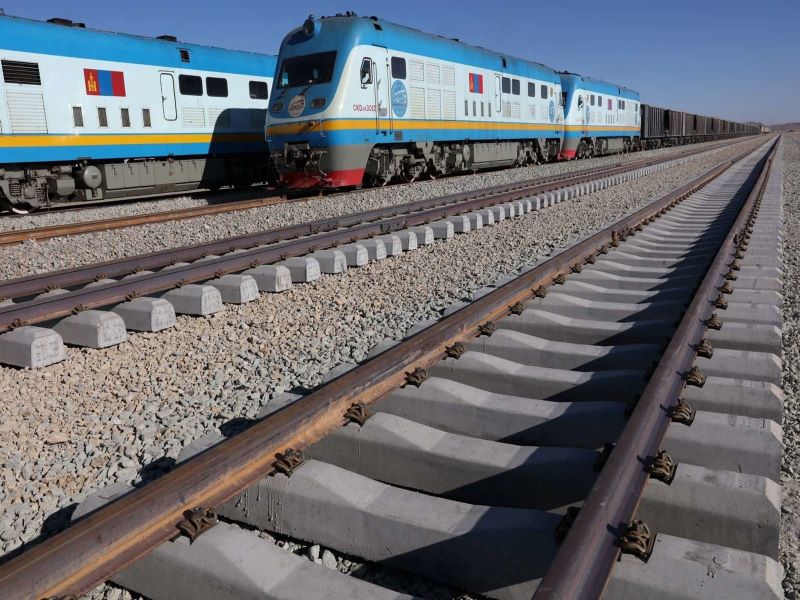
A new Zuunbayan-Khangi rail link has opened in Mongolia following the completion of the construction phase, which started in March.
Spanning 226.9km across the south-east of Mongolia, the new rail link serves as a key connection between the Tavantolgoi-Zuunbayan railway and the Khangi-Mandal crossing on Mongolia’s border with China.

Discover B2B Marketing That Performs
Combine business intelligence and editorial excellence to reach engaged professionals across 36 leading media platforms.
The transportation distance for freight across this economic corridor will be reduced by around half following the completion of another connection to a new railway being built on the Chinese border.
The Zuunbayan-Khangi rail link is expected to enhance the country’s export competitiveness and economy under the Government’s ‘New Recovery Policy’.
Its completion is anticipated to support a 30% growth in Mongolian export freight volume.
According to the government, the annual freight volumes are projected to stabilise at nearly twice the existing level, which is 10.4 million tons, from 2025.

US Tariffs are shifting - will you react or anticipate?
Don’t let policy changes catch you off guard. Stay proactive with real-time data and expert analysis.
By GlobalDataAfter the launch of the new rail link, Mongolia Prime Minister L Oyun-Erdene said: “The new Zuunbayan-Khangi railway was built in just eight months, through a public-private-partnership investment model, and is Mongolia’s new gateway for transporting mining export products competitively to the global marketplace.
“Today’s opening marks a major milestone in the Government of Mongolia’s ‘New Recovery Policy’, which is focused on strengthening the country’s economy following the pandemic and making Mongolia into a leading Asian country by 2050.”
Mongolia has no access to the sea and depends on 42 dry-road border points for its trade. As of March 2022, only three of these were linked by railroads.



